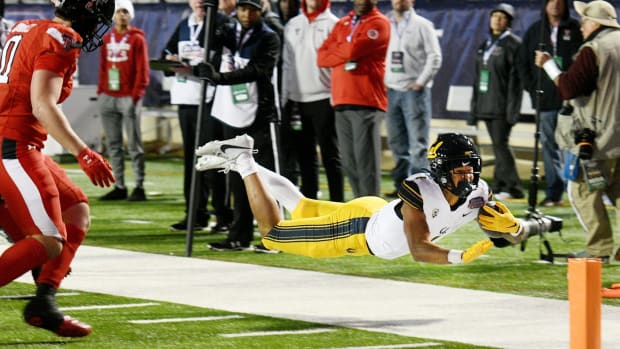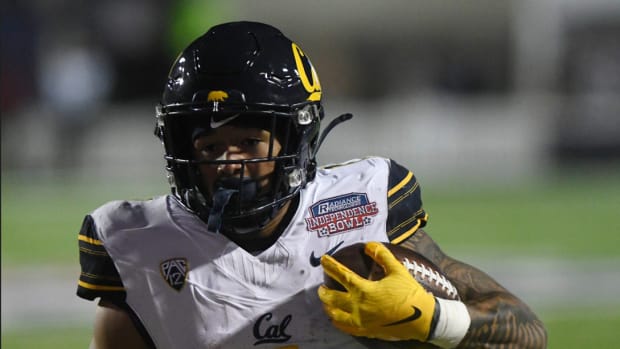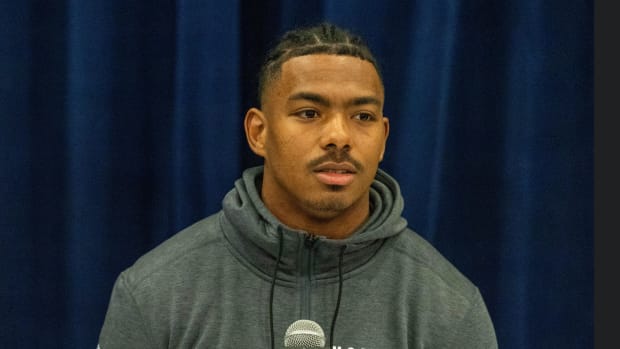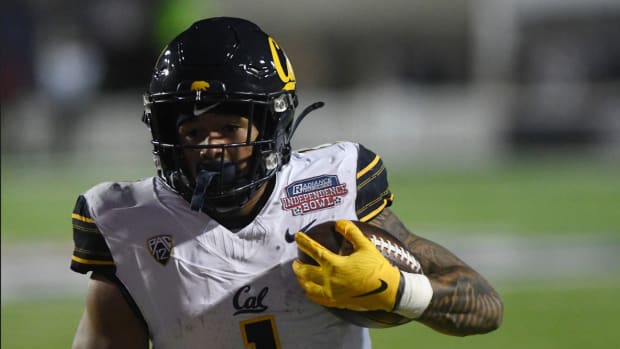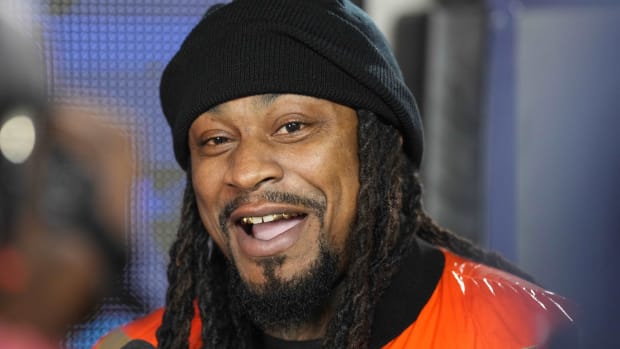Cal Football: 5 Questions for Stanford Beat Writer Daniel Martinez-Krams
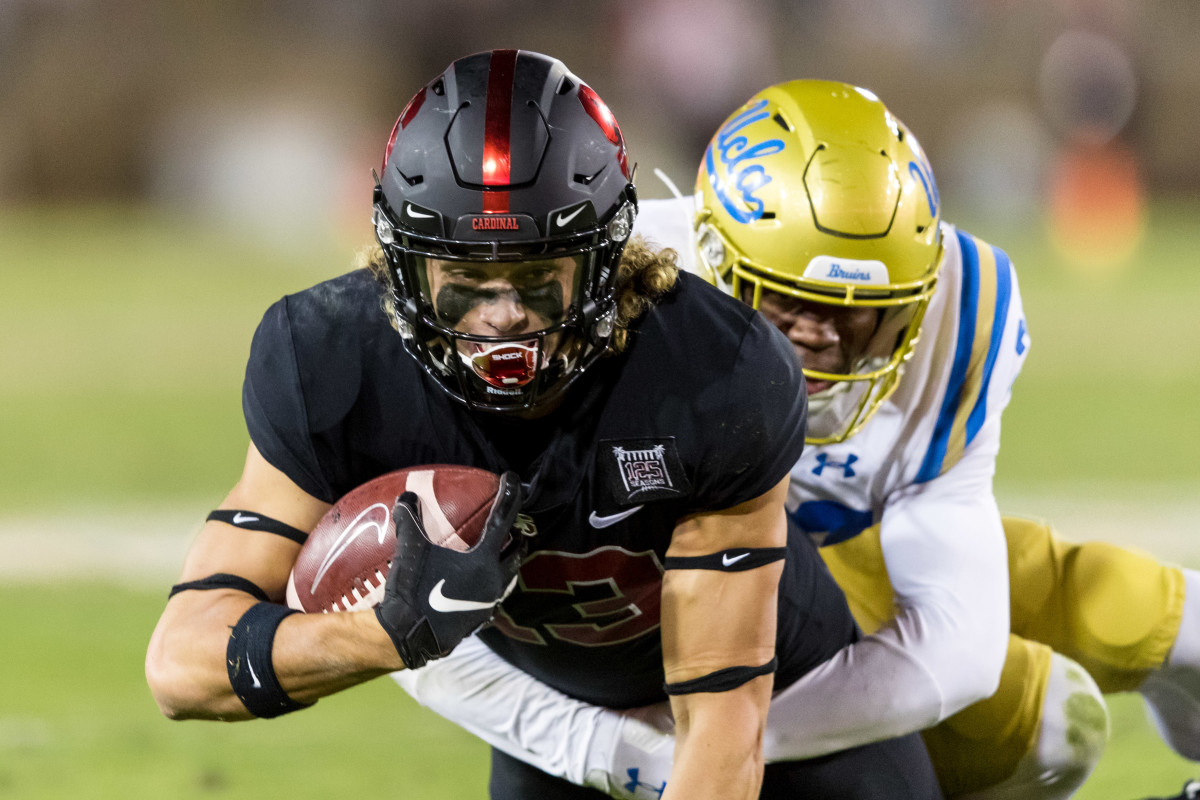
Each week we take a look at Cal's upcoming opponent by asking a beat writer who covers that program five question about the Bears' foe.
Today, we thank Daniel Martinez-Krams of the Stanford Daily for providing some insights about the Stanford Cardinal heading into Saturday's 1 p.m. Big Game at Stanford Stadium.
1. Who do you expect Stanford’s quarterback to be on Saturday, and how would you assess the play of K.J. Costello, Davis Mills and the Stanford offense, which ranks 11th in the Pac-12 in scoring this season? (This question was answered by Martinez-Krams before Stanford coach David Shaw said on Tuesday that Costello would not play Saturday and that Mills would start. The answer still provides some good information.)
There are two camps to this debate. The first is the fan’s perspective, wanting the team to win and especially beat Cal. They would say Davis Mills, who just became the first Stanford quarterback ever to surpass 500 passing yards (on a day when the offense scored just 22 points) is the obvious starter. He has been the better quarterback this season and he is the future of the program when K.J. Costello leaves. The team, on the other hand, has to grapple with Costello, a two-time captain and emotional leader, wanting to play in what may be his final two games in a Stanford uniform in his home stadium. If Costello is still injured, or if the team can assuage any public quarterback drama by announcing that Costello is injured, then Mills is the obvious starter.
As for the offense as a whole, the scoring has been anemic. Without a reliable running game, Shaw’s offense is seriously impinged and with three freshmen on the offensive line, there is not much of a run game. Last game, as we have seen the past two seasons against Washington State, Shaw opened up the playbook and aired it out. The 504 passing yards were nice — the six on the ground were embarrassing — but scoring just three touchdowns on all of those yards has left many scratching their heads. Stanford has been awful in the red zone this year without the almost-automatic J.J. Arcega-Whiteside fade. Added to that, Shaw is the type to punt from the 40-yard line on fourth-and-short, and a freshman kicker (Ryan Sanborn) who has missed his last two field goals, both from under 40 yards, and you get an offense that sits just one ahead of Cal in the conference scoring rankings.
2. Stanford was ranked 25th in the preseason AP poll. What went wrong?
I would say most of the onus for this one falls on the AP voters. We have been joking here on the Farm that some relatively uninformed voters must have filled out their top 24 and needing to include one more team settled on Stanford thinking “they’re usually pretty decent.” Even then, Stanford should have been able to outperform its current record. Injuries, of course, have played a factor. Stanford’s two preseason All-Americans, cornerback Paulson Adebo and left tackle Walker Little, are likely out for the season — Little suffered a season-ending injury in the season opener and Adebo went down two weeks ago against Colorado.
The conference’s most efficient passer from a season ago, Costello, has missed a large portion of the season and even when he has played, has dealt with lingering injuries. The offensive line now starts three true freshmen. All of the kicking duties are handled by a true freshman, Ryan Sanborn, due to an injury to placekicker Jet Toner, but even Sanborn was injured in practice last week. With all of that, and with the schedule that coming into the season was pegged as the most difficult in college football, Stanford should have a better record. The loss to UCLA, for example, was inexcusable.
So what went wrong? The same thing that Shaw will answer when asked what his team needs to work on: everything.
3. Stanford’s receivers have made some big plays. Why have they been so successful, and which players are the Cardinal’s best receivers?
Stanford has some phenomenal wide receivers and a really deep room. Simi Fehoko is the real deal with a lot of speed and playmaking ability, Michael Wilson has made some incredible grabs, and Connor Wedington’s performance against Washington State was marvelous. Tight end Colby Parkinson is an absolute presence and often draws a lot of coverage, allowing other receivers to break free.
When Stanford wants, they can dip into a bench that includes the deep-ball threat Osiris St. Brown and touchdown machine Brycen Tremayne. The best receiver, honestly, changes from game to game, which is exactly what Shaw and receivers coach Bobby Kennedy want. When Stanford’s quarterback is given time, the receivers will make plays on the back end.
4. How is David Shaw reacting to having his worst season as a head coach?
Coach Shaw’s personality is not the most vibrant. He is cool, calm and collected all of the time. He averages a smile per game (not a real stat). After the win against then-No. 15 Washington, his demeanor was more or less the same as the blowout loss to the then one-win UCLA. He is even-keeled and does not like to give away too much.
That being said, he has just recently begun to openly discuss the impact of the many injuries. The quote after last game was, “We have to go home, see who is going to be healthy this week, and craft the best plan possible.” He also opened his press conference after a homecoming win over Arizona with a rebuke of “people outside our building,” “fans,” and “alumni,” with a not-so-subtle jab at the media as well. For a coach of a program of Stanford’s stature, he has taken virtually no heat and is under no scrutiny. The average practice has three or four members of the media in attendance. Compared to seasons past, however, Shaw is starting to feel the effects of what may be his first losing season as head coach.
5. How would you assess Stanford’s play on defense this season, and who are the best Cardinal defenders?
The Cardinal’s best defenders are outside linebacker Casey Toohill and defensive end Thomas Booker. Toohill has a pedestrian by Cal’s standards but otherwise solid 53 tackles this season, second on the team. He is, though, fourth in the conference in sacks, with seven, and has tallied 10 quarterback hurries and 9.5 tackles for loss. Booker has 44 tackles, four sacks and 7.5 tackles for loss while consistently pressuring the opposing quarterback and otherwise disrupting play.
As a defensive unit, Stanford has had its ups and downs. The defense can struggle in a lot of different ways. Against teams with elite wide receivers, such as USC and UCF, the secondary has been picked apart. Against Colorado, the defense was unable to buckle down and hurt itself with unnecessary penalties. And most recently facing Washington State, Stanford hung in there for a while but ultimately succumbed to the fact that any quarterback with all day to pick out a pass will do so. Overall, the defense’s performance, by everyone’s assessment, has been disappointing. So goes the year.

